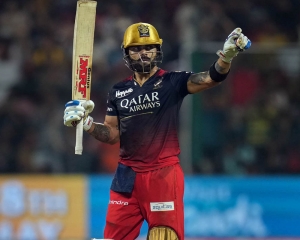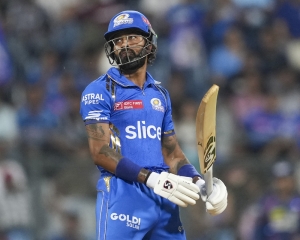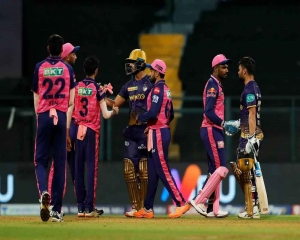Drones can bring in quantitative and qualitative changes in agriculture, though cost still remains a deterrence
In the current era, which is defined more by technology-led innovations (happening almost at a break-neck speed) than anything else, modest to massive changes in practices and applications across the business spectrum are fast becoming the norm.
Amidst myriads of technology-led wonders, the application of drones to add efficiency to the execution of normal processes across various domains, including agriculture, is increasingly gaining prominence. From a mere hobby sport 10 years ago, a clutch of nations, including India, have now decided to go full steam ahead in tapping this application. In the non-defence category, agriculture is slated to lead the pack in terms of faster adoption of drone applicability for better results, with potential to benefit all stakeholders in the eco-system.
The credit for showing immense possibilities of drones’ usage in agriculture certainly goes to Israel. To the progressive minds across the world, it means large-scale or even revolutionary changes which the technology can deliver. Drones draw their recently found strength by way of becoming another major remote sensing tool for data collection. As a data gathering tool in various spheres, it is probably more convenient and cheaper than a satellite imaging system.
Drones promise to add efficiency across the value chain. It offers a host of benefits in basic applications like spraying, dripping and granule dropping. It could be used in seeds dropping in forestry and plantation and induced pollination in seed production. Among all the remote sensing technologies, it is probably the best to provide imagery data vis-a-vis crop field survey, soil health, pest identification, disease diagnosis, plant stress and growth monitoring, yield monitoring, etc. The data thus gained helps regulate crop health, crop treatment, crop scouting, irrigation, and carry out field soil analysis and crop damage assessments.
The farmer can improve production capabilities through comprehensive irrigation planning, adequate monitoring of crop health, increased knowledge about soil health, and adaptation to environmental changes. On the top of it, there are now empirical studies to convincingly demonstrate that the use of drones results in significant saving in water volume, better RoI, and safer for operators via-a-vis basic equations in traditional manual processes. As per some estimates, pesticide spraying by Drone would cut down water usage by at least one-fifth.
The increasing adoption of drones in agricultural practices is also on account of the growing uncertainty vis-à-vis climate change concerns across the planet. To deal with the changes which climatic vagaries can thrust upon the agriculture sector, there is a clarion call of shifting to more scientific or smart agriculture regime for better data collection, data crunching and timely and quick response to any production related abnormality using advanced technology platforms like AI, IoT, data analytics, etc. Precision farming, or largescale technology-enabled farming, is considered to be the driving form of the future. And here drones have a very vital role to play as basic data collection agents.
In India, the story of drone application in agriculture has just begun and it’s today mostly seen by way of deployment in spraying activities. But I reckon, in the next three-four years, drone usage in agriculture will cover other elements of the operational value chain. That would indeed need demand for more skilled drone operators in the market.
A slew of policy initiatives like Liberalised Drone Rules 2021, and announcement of Production-Linked Incentive (PLI) scheme for drones business have been unveiled. They are shaping a vibrant eco-system of start-ups which are now ready to carry the baton of the Indian drone business globally.
The government’s emphasis in promoting drone usage in our farms also became clear when in February, it announced a dedicated Kisan Drone scheme that offers a slew of attractive incentives. These include 50 per cent (or a maximum of Rs 5 lakh) subsidy to SC-ST, small and marginal farmers of northeastern states, as also women, to buy drones.
Simply put, with the increasing intervention of drones in agricultural practices, India today is at the cusp of a very significant technological transformation. As per a study conducted by BlueWeave Consulting, a strategic consulting and market research firm, Indian Agriculture Drone market is forecast to witness a four-fold increase by 2028, with a projected CAGR of more than 25 per cent during 2022–2028.
However, India being a ‘price sensitive’ market, the cost of drones remains a big hurdle. An agriculture drone, typically operated using Internet-based smart technologies, undertaking from spraying to monitor crop health, can cost anywhere between `5 lakh to `10 lakh lakh. While the announcement of Production-Linked Incentive (PLI) scheme for drones last September is a step in the right direction, a lot still needs to be done.
Drones can deliver substantial value to farmers. But it is high time to look at a larger collaboration among all stakeholders to derive maximum benefits out of its usage to take Indian agriculture to a higher altitude.
(The author is Chairman, Dhanuka group)

























